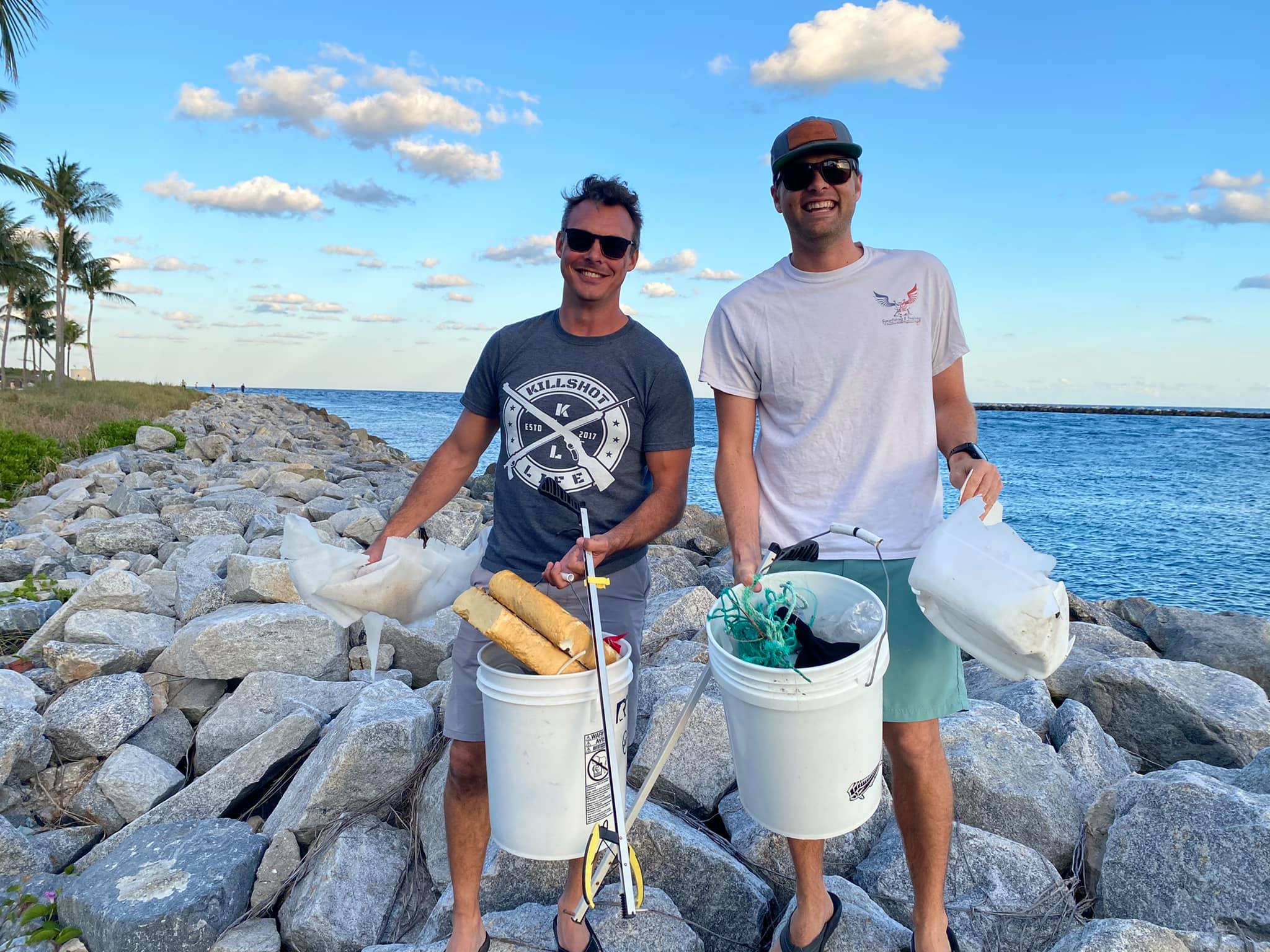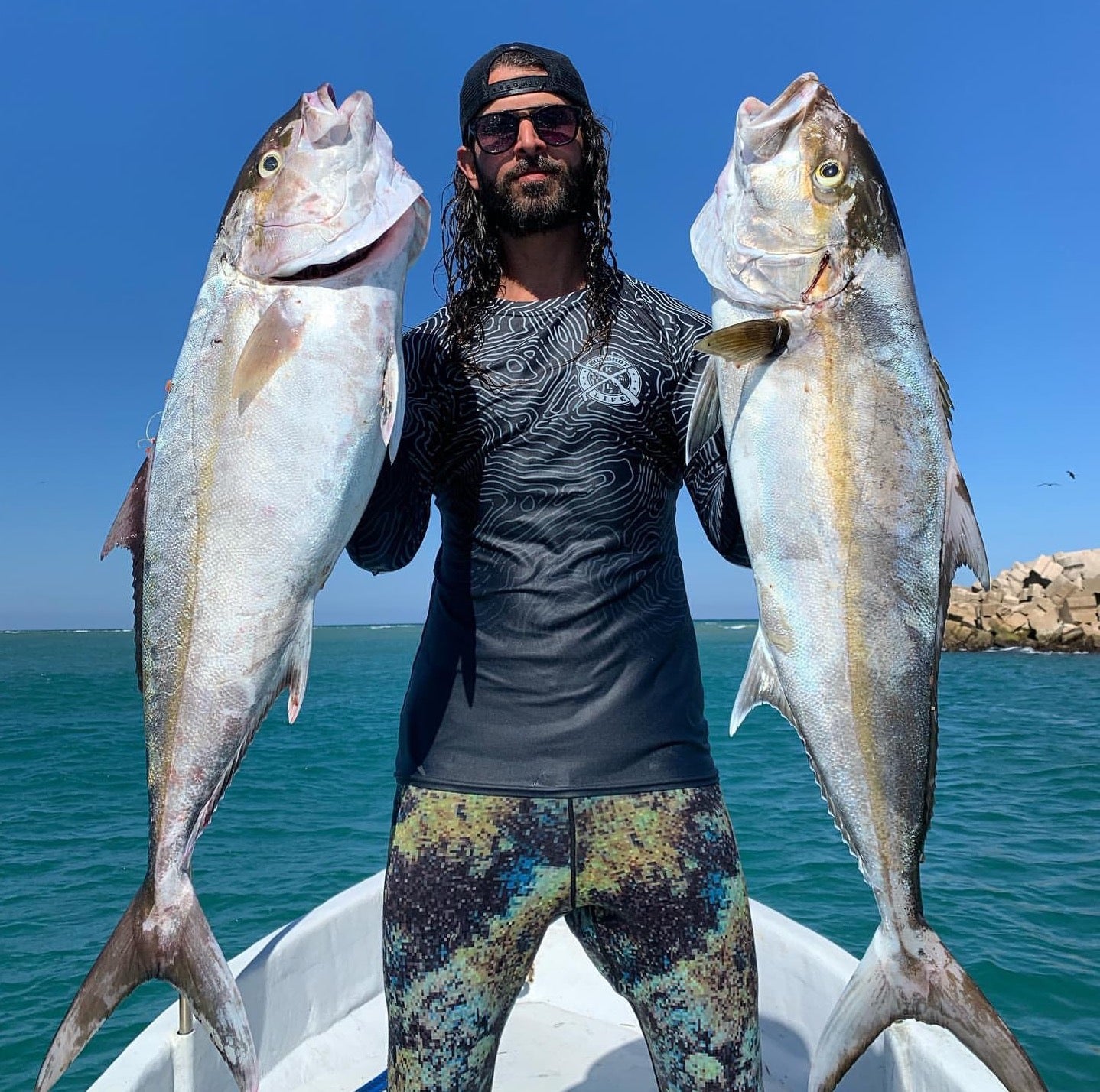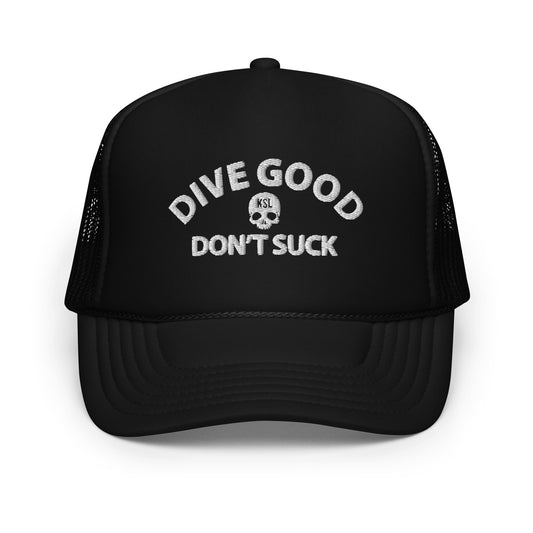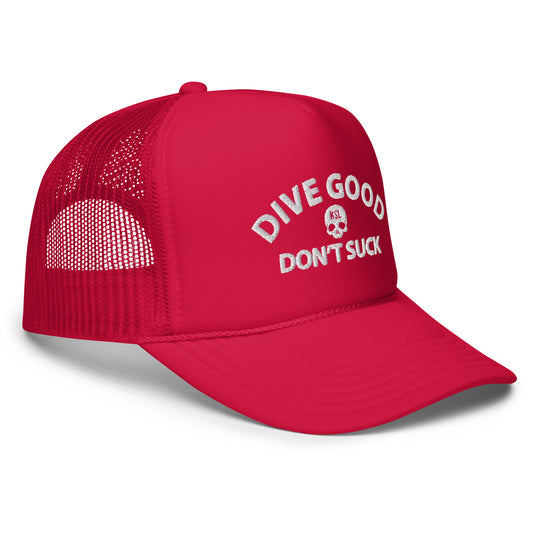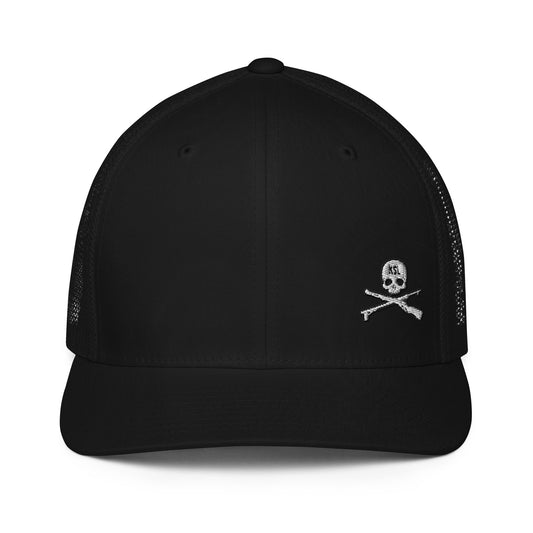Spearfishing: The Sustainable Way To Fish
Share
Spearfishing, the ancient practice of hunting fish with a spear or other sharp implement, has long been considered a sustainable method of fishing. In comparison to other methods such as commercial fishing with nets or recreational fishing with hooks, spearfishing has several key advantages that make it more sustainable for fish populations.

First, spearfishing allows for a more targeted and selective approach to catching fish. Unlike commercial fishing nets, which can often catch and kill non-target species, spearfishing allows the fisherman to choose only the fish they intend to catch and release any unwanted or undersized fish. This minimizes the impact on non-target species and helps to maintain a healthy and diverse ecosystem.
Second, spearfishing is a much more efficient method of catching fish. With a spear, a skilled fisherman can often catch a fish in a single shot, whereas other methods such as recreational fishing with hooks can take much longer and require multiple attempts. This not only reduces the amount of time and effort required to catch a fish, but it also minimizes the stress on the fish, which can help to improve their survival rates when released.
Third, spearfishing has a much smaller environmental footprint than other methods of fishing. Because spearfishing requires no additional equipment such as nets or boats, it has no impact on the surrounding environment and does not contribute to issues such as marine pollution or habitat destruction.
Overall, the advantages of spearfishing make it a sustainable and responsible method of catching fish. By allowing for a targeted and efficient catch, minimizing the impact on non-target species and the environment, and promoting the survival of released fish, spearfishing can help to maintain healthy fish populations for future generations to enjoy.
Ready to gear up? We've put some spearfishing gear lists here to get you started.

